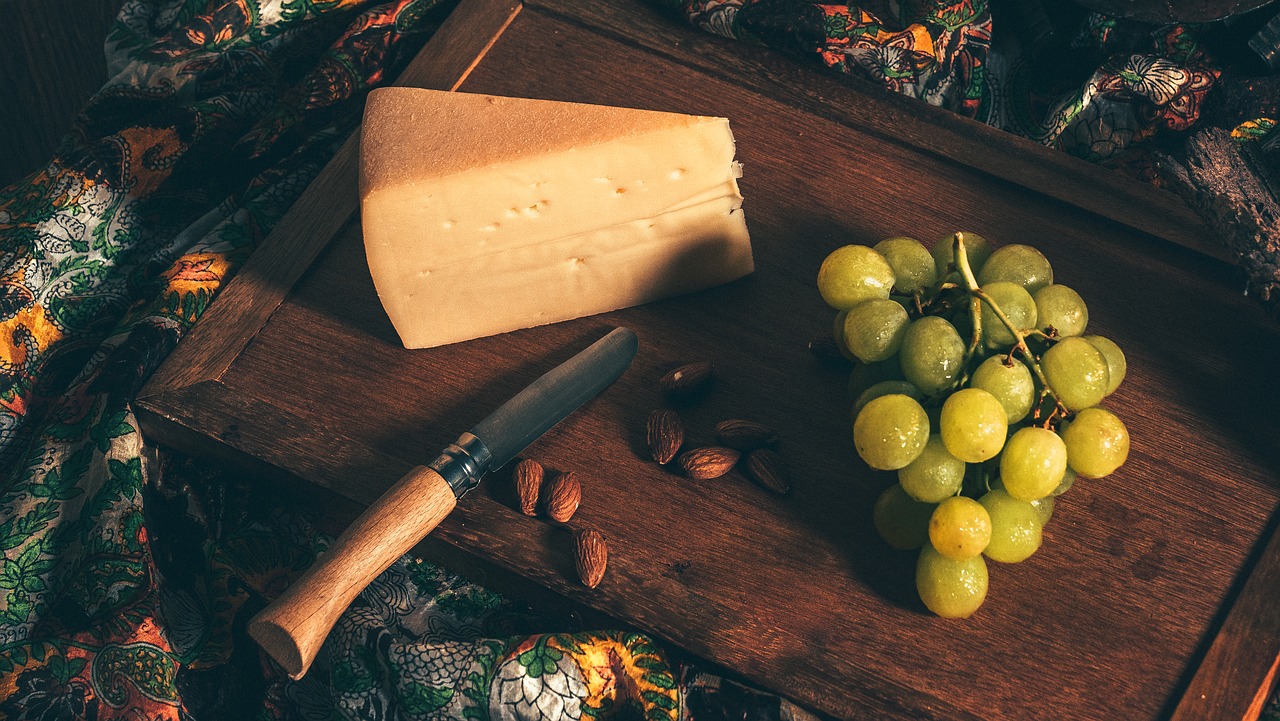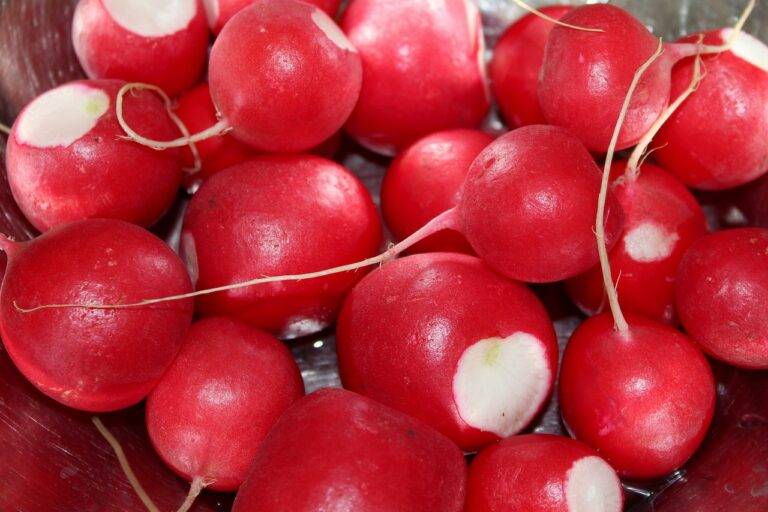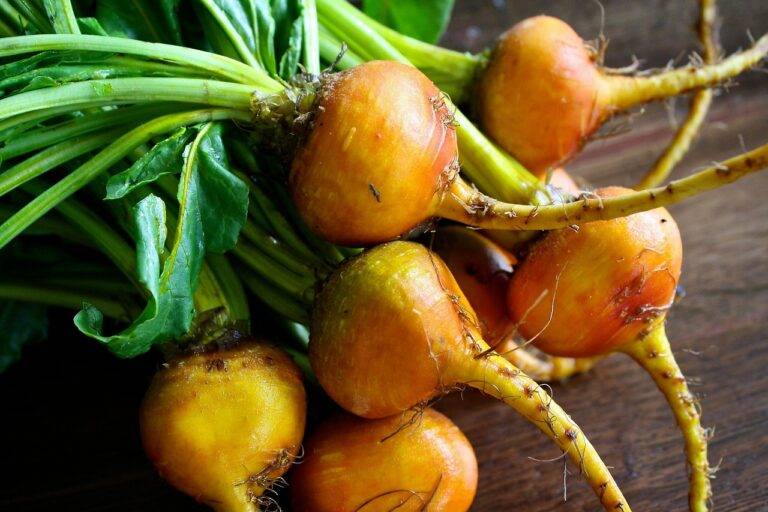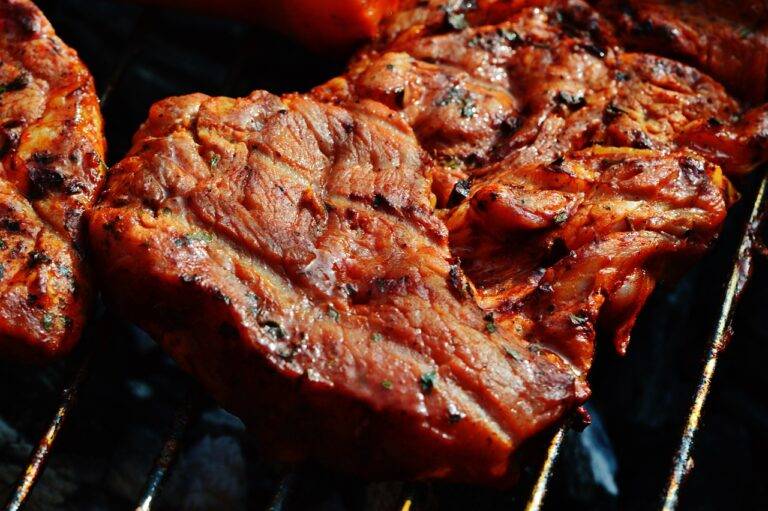The Story of Bread: From Ancient Grain to Modern Loaf
Bread making dates back thousands of years, with the earliest known evidence found in ancient Egypt around 4,000 BCE. The process of mixing flour with water and allowing it to ferment before baking has been refined and passed down through generations, becoming a staple food in many cultures around the world.
As civilizations developed and traded with each other, the art of bread making spread across continents, adapting to local ingredients and preferences. From flatbreads made on hot stones to elaborately shaped loaves baked in communal ovens, the techniques and styles of bread making have evolved over time, reflecting the diverse culinary traditions of different societies.
Ancient Grains and Their Role in Bread
Ancient grains have played a significant role in the history and tradition of bread making. From ancient Egypt to Mesopotamia, civilizations have utilized grains like spelt, einkorn, and emmer to create basic forms of bread. These grains are considered more nutritious and flavorful compared to modern wheat varieties, offering a depth of flavor and unique texture to bread.
Incorporating ancient grains into bread recipes not only adds a historical and cultural dimension but also provides health benefits. These grains are often less processed and retain more nutrients, such as fiber, protein, and minerals. Additionally, they can offer a distinct taste profile, contributing to the complexity and richness of the final bread product.
What are ancient grains?
Ancient grains refer to a group of grains that have been largely unchanged over the past several centuries. These include grains such as spelt, kamut, and teff.
How are ancient grains different from modern grains?
Ancient grains are typically considered to be more nutritious and have a higher protein content compared to modern grains. They also have a different flavor and texture.
What role do ancient grains play in bread making?
Ancient grains can be used in bread making to add variety in flavor, texture, and nutrition. They can also provide additional health benefits compared to traditional wheat flour.
Are ancient grains gluten-free?
Some ancient grains, such as quinoa and amaranth, are naturally gluten-free. However, others like spelt and kamut do contain gluten and may not be suitable for those with gluten sensitivities or celiac disease.
Where can I find ancient grains to use in my bread recipes?
Ancient grains can be found in health food stores, specialty markets, and online retailers. They are also becoming more widely available in mainstream grocery stores as interest in alternative grains grows.





